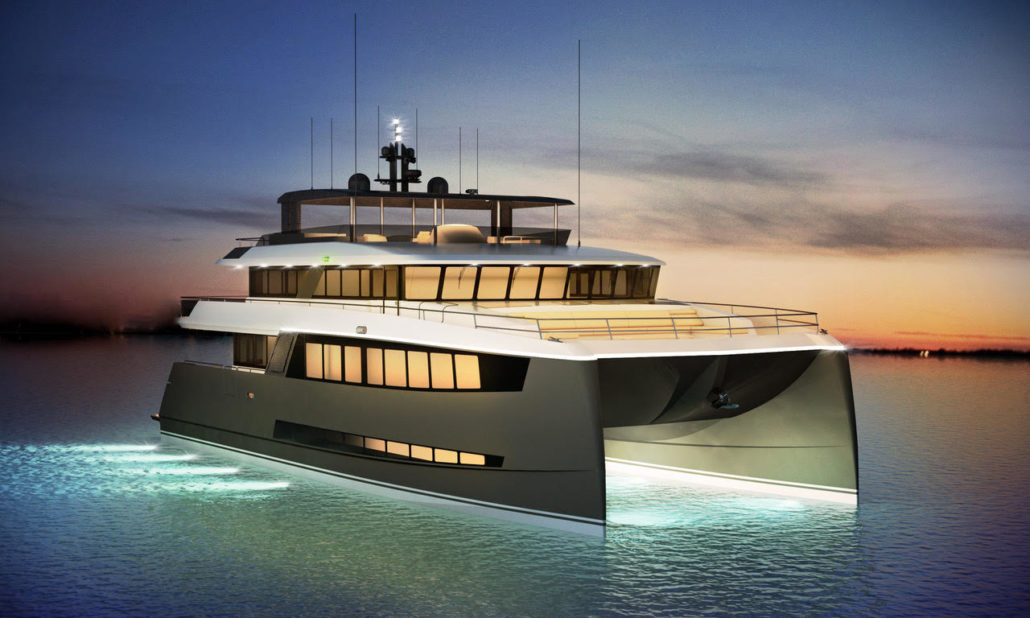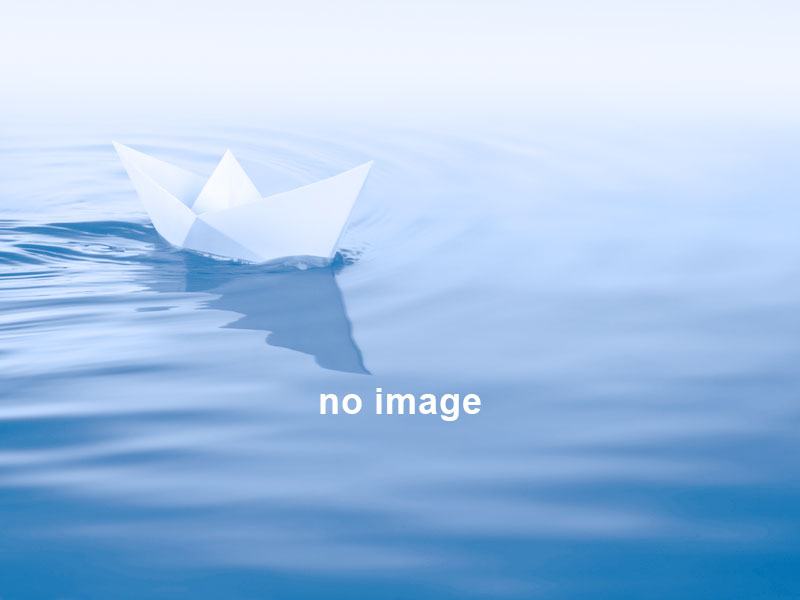
Beyond the Plans: Unconventional Approaches in Wooden Boatbuilding
How to Make a Wooden Boat for Coastal and River Use, while a valuable resource, often skims the surface of the truly innovative and sustainable practices emerging in the field. This review delves beyond the standard techniques, addressing crucial aspects rarely discussed in mainstream boatbuilding literature, offering new perspectives for hobbyists, professionals, and educators alike.
Beyond Traditional Timbers: Exploring Sustainable Alternatives
The book rightfully covers traditional boatbuilding woods like cedar and oak, but what about the environmental impact? Traditional timber sourcing can be unsustainable. Let's explore some less conventional, yet increasingly viable, options.
Q: What sustainable wood alternatives are suitable for boatbuilding?
A: The answer isn't a single wood, but a range of possibilities depending on location and desired properties. Consider responsibly sourced fast-growing species like Paulownia (known for its lightness and strength) or reclaimed timber. Bamboo, while requiring careful treatment for water resistance, offers incredible strength-to-weight ratios and a rapid growth cycle. Research into composite materials, incorporating recycled plastics with bio-resins, also presents a significant avenue for reducing the environmental footprint of boatbuilding. Recent research from the University of Maine's Advanced Structures and Composites Center (ASC2) showcases exciting developments in this area.
The "Zero Waste" Boatbuilding Project: Minimizing Environmental Impact
Building a boat traditionally generates a significant amount of waste. Can we do better?
Q: How can I minimize waste during the boatbuilding process?
A: The key is meticulous planning and maximizing material utilization. Computer-aided design (CAD) software can significantly reduce waste by optimizing timber cuts. Explore techniques like kerfing, where thin cuts are made to allow for bending without steaming, reducing material usage. Think creatively about repurposing offcuts: smaller pieces might become deck fittings or even components for a smaller, related project. Documenting and sharing these resourceful techniques is crucial for building a more sustainable boatbuilding community.
Beyond the Textbook: Learning from Unexpected Sources
Traditional boatbuilding knowledge is invaluable, but innovation often arises from unexpected places.
Story: The Unexpected Inspiration of a Cardboard Boat Race
While seemingly trivial, participating in or observing a cardboard boat race can offer valuable insights into structural integrity and buoyancy. The limitations of cardboard necessitate creative solutions, forcing builders to consider material properties, design efficiency, and weight distribution in a highly practical, hands-on manner. This experience can translate surprisingly well into the world of wooden boat construction, fostering innovative problem-solving skills.
Conclusion: A Future of Sustainable and Innovative Boatbuilding
How to Make a Wooden Boat for Coastal and River Use provides a solid foundation. However, the future of boatbuilding lies in embracing sustainability, exploring new materials, and thinking outside the traditional box. By integrating innovative techniques and fostering a culture of sharing best practices, we can create beautiful, functional, and environmentally responsible boats for generations to come.
References: (Note: Specific references to research papers from ASC2 and other relevant institutions would be included here in a full article).










